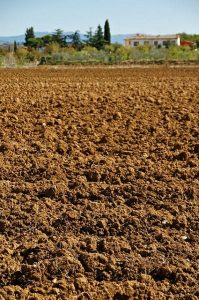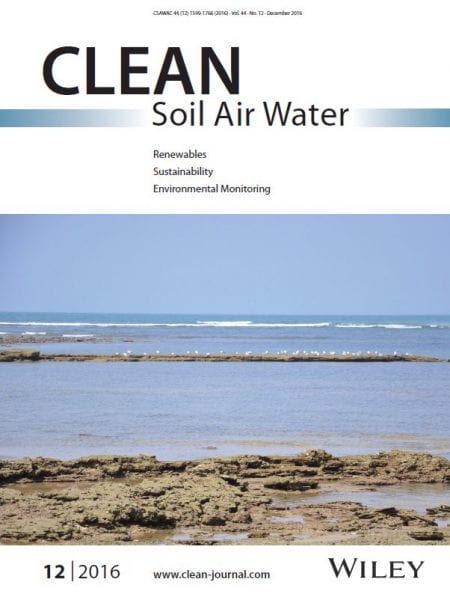 With particular reference to CO2-related climate change, it’s important to assess the location and stability of carbon sources on our planet. Soil organic carbon (SOC) – carbon contained in the soil due to the presence or breakdown of organic matter – is currently considered the largest stock of carbon on the ground.
With particular reference to CO2-related climate change, it’s important to assess the location and stability of carbon sources on our planet. Soil organic carbon (SOC) – carbon contained in the soil due to the presence or breakdown of organic matter – is currently considered the largest stock of carbon on the ground.
Monitoring SOC levels is of course important but, as changes to this stock can directly affect atmospheric CO2 levels, we need a better understanding of what factors influence the storage of carbon in soils so that we could take a more active role.
A research team collaborating across several academic institutions in China has observed that the standard models used to predict changes in soil organic carbon levels fail to take soil pH into account. Given that pH strongly affects what biological processes are possible (and therefore the entire organic matter life cycle from formation to decomposition), pH should be a key indicator of soil organic carbon changes.
 To investigate this, topsoil was sampled from almost 26,000 sites across the Chinese Jiangsu province, and a significant relationship was established between the amount of soil organic carbon and the topsoil pH at these sites.
To investigate this, topsoil was sampled from almost 26,000 sites across the Chinese Jiangsu province, and a significant relationship was established between the amount of soil organic carbon and the topsoil pH at these sites.
A distinct correlation between soil pH and land use was also discovered, with higher amounts of SOC being stored at residential and industrial sites. The relationship between the pH and the SOC density was also found to be different for different land uses, meaning that the predictive power of these models will be affected by the type of site chosen for study.
This work therefore confirms that soil pH must be taken into account in order to improve the accuracy of soil organic carbon predictions, but these researchers have also determined the extent to which pH can predict SOC density depending upon the nature of the land use. Their work brings us a step closer to predicting climate change, from the ground up. More details can be found in their article in CLEAN.
Image top right: flickr.com/Marco Belluci / CC BY 2.0.

















